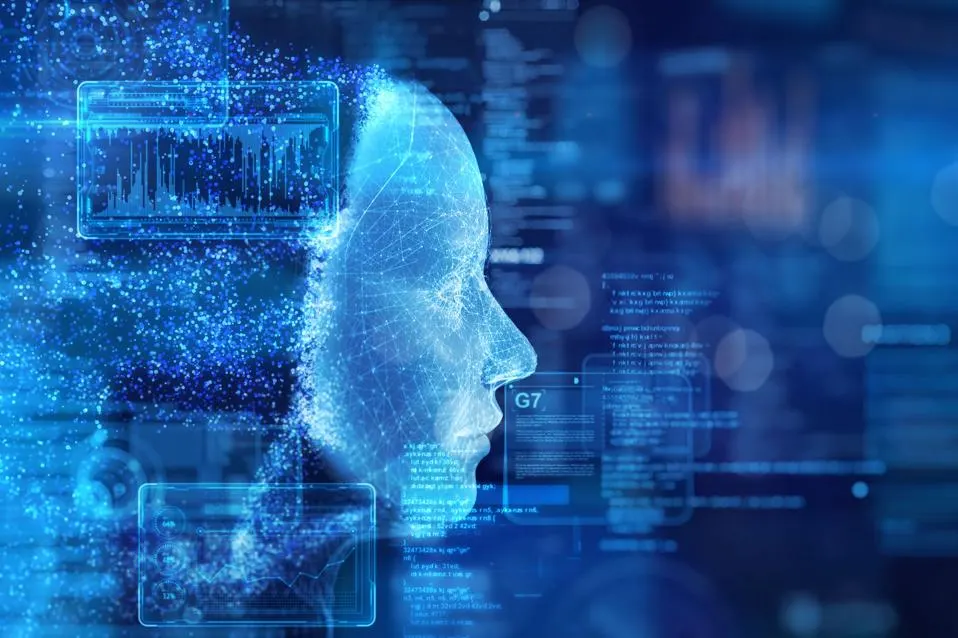The Road Ahead: Exploring the Future of Artificial Intelligence
Admin / August 31, 2023

Exploring the Pathways Ahead: The Future Landscape of Artificial Intelligence
The artificial intelligence (AI) revolution is well underway, and businesses must take proactive steps to adapt or risk being left behind. One of the first and most crucial actions for organizations is to assess their current workforce capabilities—identifying the skills employees already possess and the new competencies required to navigate an AI-driven future.
Developing a clear and focused AI strategy is essential. This strategy should pinpoint where AI can deliver the most value—whether by enhancing products, streamlining services, or optimizing internal operations. Companies that fail to act decisively may find themselves at a competitive disadvantage as AI continues to reshape the business landscape.
A foundational step in AI readiness is training. Employees need to understand not just what AI can do, but also its limitations. Training should include an introduction to core concepts, the capabilities of AI systems, and a discussion on their boundaries—particularly the fact that AI systems are only as reliable as the data they are trained on.
A Glimpse Into AI’s Modern Emergence
The transformative potential of AI became widely recognized in 2012, when AlexNet won the prestigious ImageNet Challenge with a remarkable 16.4% error rate—dramatically outperforming previous benchmarks, which hovered above 26%. The ImageNet Challenge involved categorizing 1.4 million images across 1,000 distinct categories, such as animals, vehicles, and everyday objects. This achievement marked a pivotal moment in the evolution of deep learning and neural networks.
At the core of modern AI lies the neural network—an architecture inspired by the human brain. However, while the name suggests a biological analogy, the resemblance is minimal. Unlike the brain, which is dynamic and exhibits qualities such as consciousness, creativity, and abstract thought, neural networks are computational systems with no awareness or understanding. They excel at pattern recognition but lack human-like reasoning or self-awareness.
The Rise of Scale and Computation
Today’s neural networks have grown exponentially, evolving from models with a few million parameters to those containing nearly 200 billion parameters. Every parameter adds to the computational workload, demanding vast processing power and significant energy consumption. This need for high-performance computing has fueled advancements in hardware and cloud infrastructure.
AI systems have already demonstrated superhuman performance in areas like chess, Go, and natural language processing. Tools such as ChatGPT can generate coherent narratives, answer complex questions, and simulate human-like conversation. However, even the most advanced AI models are fundamentally executing mathematical operations—they do not "understand" content in any conscious sense.
Training these large models can take weeks or even months, requiring massive computational resources and parallel processing across thousands of GPUs or specialized processors. This surge in computing capability has enabled breakthroughs, but it also highlights AI’s dependency on energy, infrastructure, and well-curated data.
Looking Ahead
As AI continues to evolve, the opportunities for innovation are immense—but so are the challenges. Businesses must invest in both technology and people, ensuring they cultivate the right skills and ethical frameworks to leverage AI responsibly. While today’s neural networks remain powerful tools, the future of AI will likely depend on balancing computational advancements with deeper understanding, oversight, and human values.
In conclusion, the journey of artificial intelligence is far from over. From its breakthrough moments to today’s sophisticated applications, AI is redefining what’s possible. But true transformation will only come to those who prepare, adapt, and thoughtfully shape the road ahead.